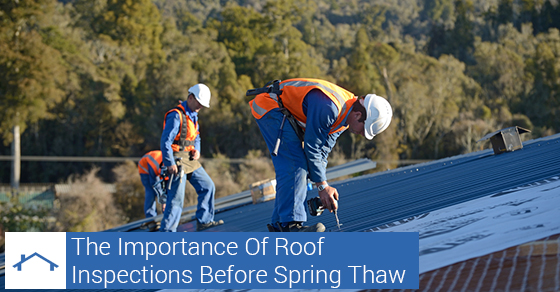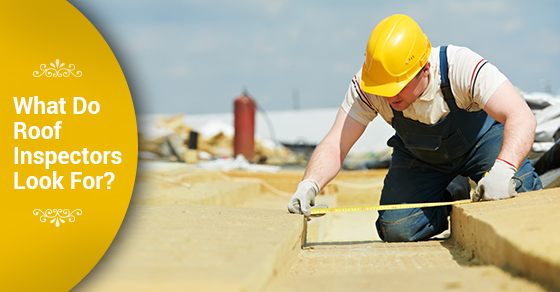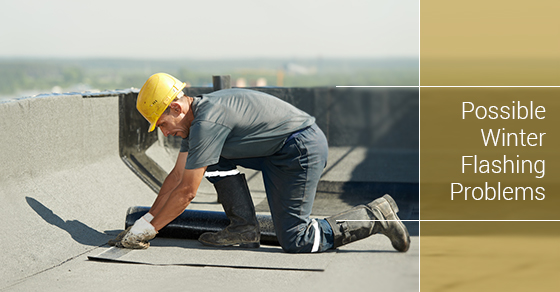Investing in a new roof offers many benefits to your building and its occupants. It provides increased protection against environmental factors, reduces energy costs, and maximizes the lifespan of your building.

In order to maximize the return on your investment, you need to make sure that you use the proper materials and installation methods. But you can still stay within your budget using these four ways to save money when investing in a new roof.
- Do Your Research
- Get Multiple Estimates
- Save During the Off-Season
- Choose the Right Roofing Company
Researching all of your options is the first step in saving money when investing in a new roof. You can search online and gather all of the information you’ll need.
Finding the right commercial roofing company for your building is essential to getting the best results and maximizing the return on your investment. You need a skilled team of roofing experts who can provide all the resources you need to get the most value for your budget.
When you find someone to provide an estimate for your new roof, don’t stop there. It’s a good idea to get multiple quotes from different service professionals.
This doesn’t mean you should base your decision on price, but it does give you an idea of the value you’re being offered for the money you’ll spend. Be sure to let each roofing company know that you are getting multiple bids.
When the weather’s nice, roofing companies tend to have the most work. Other times of the year can be leveraged by you when you realize that roofing companies have more time and are willing to offer you a better rate.
Lower bids are common during slow times of the year and many manufacturers offer price reductions on materials.
The money you can save when investing in a new roof goes beyond the up-front costs. A high-quality roofing system can save you money over time. When properly installed and maintained, your roofing costs will be lower than those required to repair or reinstall an improperly applied roofing system.
Choosing a roofing professional service with industry expertise and a strong reputation ensures that you make the most out of your investment. They’ll recommend a regular maintenance program and inspect your roof on a regular basis to extend its lifespan, maintain your warranty and prevent costly issues down the line.
These are four great ways to save money when investing in a new commercial roof. Doing your research ensures that you choose the best service professionals at the right price for your budget.


